When we think about religion, faith, sects, or anything of that sort, we often find ourselves at a crossroads with science. It is understandable as religion frequently delves into the realm of metaphysical or spiritual. On the other hand, science explains the observable and tangible world. Religion asks us to put faith, whereas science deals with facts.
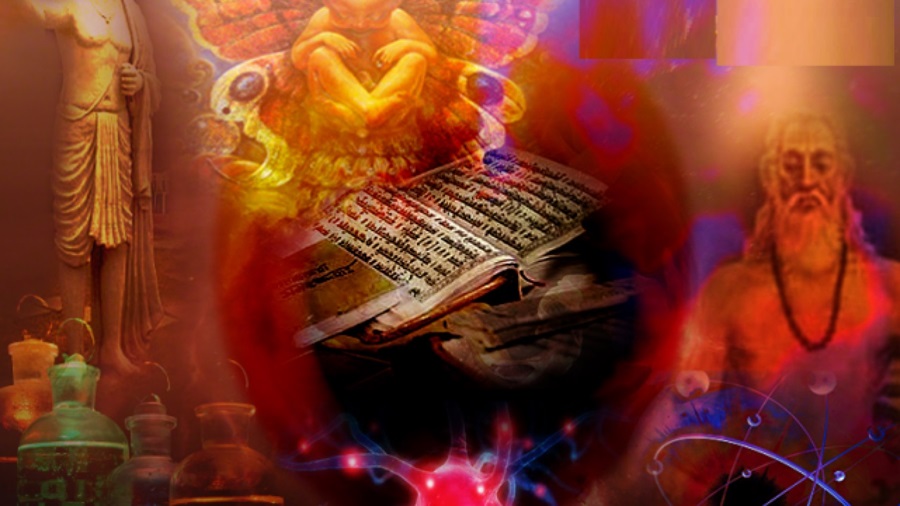
However, this apparent conflict between science and religion is not universal. In fact, you will find some religions that actually have a surprising intersection of spiritual thought and scientific discovery – Hinduism is just one example of that. While it might be one of the oldest religions in the world, it harbors a rich heritage of texts and teachings that offer insights into various academic fields. In fact, in Hinduism texts, you will find mentions of principles of cosmology, atomic theory, and the intricacies of medicine and surgery – some of which actually predate the parallel development in Western science.
Surprised, right? Well, get ready for more as this blog will delve into even more fascinating convergences between Hinduism and Science. So, fasten your seat belt and prepare for the journey awaiting you.
Core Areas of Scientific Discovery in Hinduism
1- Cosmology & Psychology
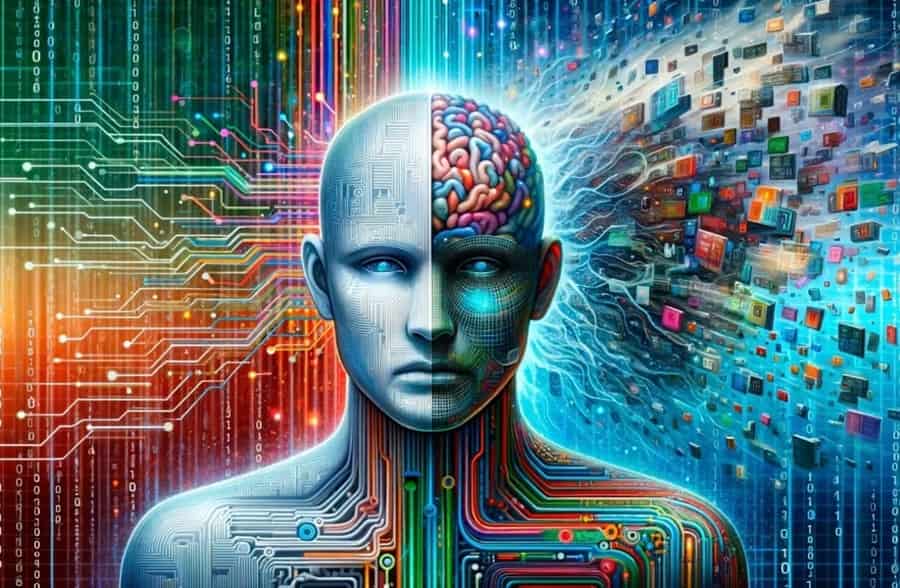
Let’s start with an area where we can find a lot of intersections between Hinduism and modern science. This faith delves deeply into both the origins of the universe and the workings of the human mind. Cosmology and psychology are fields that have seen major developments. However, you can easily find deep mentions of them in ancient Hindu texts.
Sage Kapila, the founder of the Sankhaya philosophy, proposed that the cosmos emerged from the dynamic interplay between Purusha & Prakriti. It is through this every creation unfolded.
Discoveries and Mention in Hindu Texts
- You can look at the Vedas and Upanishads for a deeper dive into the cyclical nature of creation & dissolution
- Tanmatras in Sankhya philosophy also talked about concepts resembling subatomic particles. It is seen as a parallel to modern concepts in physics, and quite an advanced one at that, as it was only in the first half of the 20th century when modern science was even able to split the atom.
- You will also find that the Yoga Sutras of Patanjali offer a detailed study of the mind. It is an early exploration of consciousness.
2- Medicine & Surgery
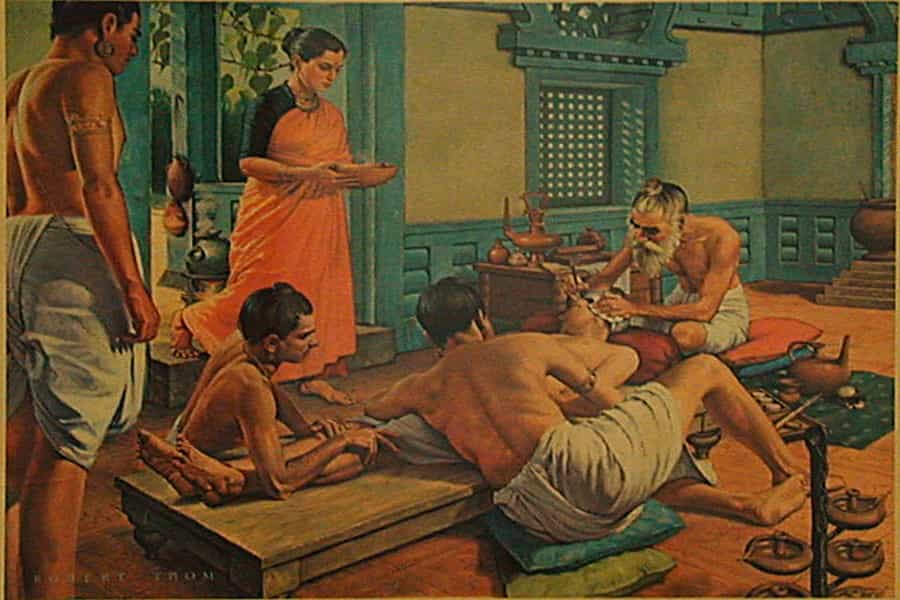
Another field where you can find a lot of ancient texts and discoveries is in the fields of medicine with Ayurveda. In fact, it would not be a stretch to say that Ancient India revolutionized the field of medicine with Ayurveda.
Now, if you are not familiar with the term Ayurveda – it is actually a comprehensive system that is focused on restoring balance within the individual. This is done through optimal health and well-being. Ayurveda literally translates to “science of life,” and it is unquestionably one of the world’s oldest Holistic healing systems. Now, if you are asking what it does and what an Ayurvedic treatment looks like? Then you will find it to be a mix of diet, herbal remedies, massage, Yoga, meditation, and more. This is done to address the root cause of illness.
If you are learning about Ayurveda, there is one celebrated figure that you should know about. His name is Sushruta, and he is celebrated as the father of surgery. His groundbreaking discoveries are still studied to this day.
Here are some discoveries and mentions in Hindu texts:
- The Charaka Samhita, a key Ayurvedic text, emphasizes mind-body-spirit balance
- The Sushruta Samhita details plastic surgery, amputation, cesarean sections, and cranial surgeries.
- Hindu texts describe bodily systems, including circulation and the importance of the nervous system.
- Ayurvedic texts categorize thousands of medicinal herbs and their uses.
3- Aviation
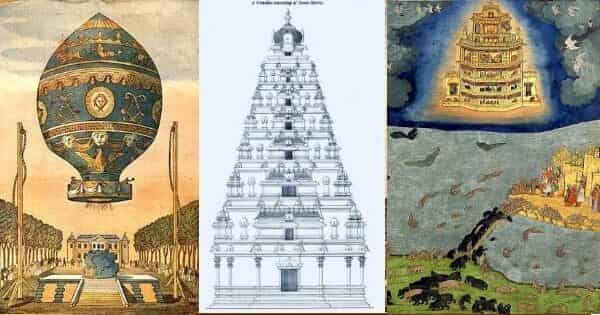
It was in the 20th century when mankind started exploring the skies. However, centuries before the Wright brothers took their historic flight, Hindu sages had already explored the concept of Aviation. One of the more renowned sages was Sage Bhardwaj. He was a respected scholar in many fields, ranging from spirituality to engineering. He compiled a comprehensive treatise titled the Yantra Sarvasva (which literally translated to “All About Machines”). In it, he delved into the principles of flights and even the construction of extraordinary flying machines.
If you go through his studies, you will find intricate details of Vimanas, describing the materials, propulsion systems, and more. Many of these seem fantastical even by today’s standards, such as how forward-thinking his mind was. Now, naturally, it is challenging to evaluate the technical feasibility of these Vimanas, but it is quite remarkable that concepts for manned flight were ready centuries before one even thought of conquering the skies.
Here are some discoveries and mentions in Hindu texts:
- Bharadwaj describes various types of flying machines based on their functions and modes of travel.
- Texts describe metals and alloys used in construction and potential energy sources for the Vimanas.
- Manuscripts outline techniques for controlling Vimanas
4- Mathematics & Astronomy
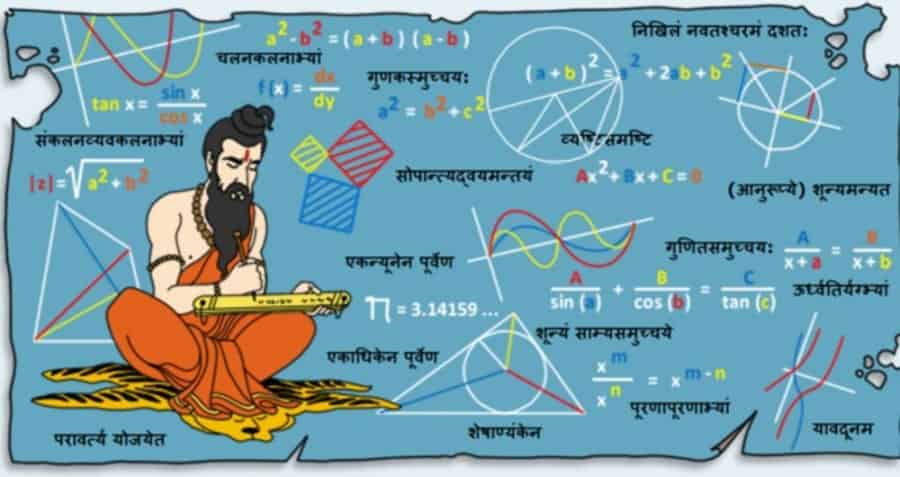
Did you know ancient India was a hub of mathematics and astronomical innovation? Sure, you might have heard about how Aryabhatta discovered the number ‘0’, but that is just one part of the many excellent innovations during those times. Now, while the period did produce many brilliant thinkers, many of whom fundamentally shaped our understanding, one name reigns supreme. We are of course talking about Aryabhatta.
Aryabhatta, and his magnum opus, the Aryabhatiya, introduced many groundbreaking concepts that are still followed to this day. In addition to inventing zero, he also discovered trigonometric functions, explored the value of Pi, and eloquently described Earth’s rotation. Not bad for someone who lived in the 5th century.
Here are some discoveries and mentions in Hindu texts
- Aryabhata’s Aryabhatiya systematized the use of zero in mathematics
- Hindu texts explored trigonometric functions and provided increasingly accurate approximations of Pi
- Discussions on the earth’s rotation and heliocentric model can be found in the Aryabhatiya
- Bhaskaracharya II (1114 – 1183 CE) made contributions to the development of early calculus concepts
- Hindu astronomers calculated planetary motions, eclipses, and solar years with remarkable precision
Hinduism’s Influence on Modern Science
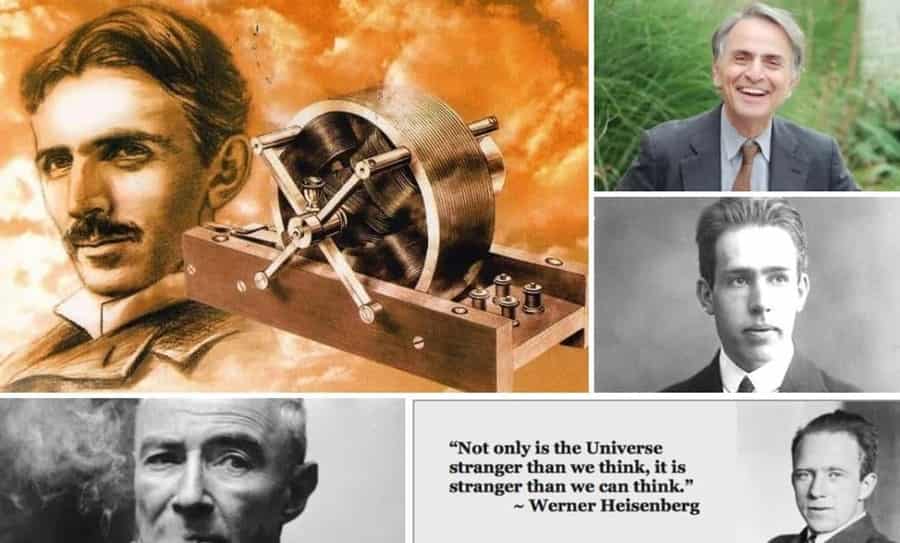
Now that we have covered many different fields where Hindu texts have already laid the groundwork for research – around the world. It profoundly indicates how Hinduism’s scientific legacy has transcended geographical boundaries. And there are many reasons for this sharing of knowledge. You can credit the Silk Road trade routes and Arabic scholars translating Hindu texts on mathematics, astronomy, medicine, and philosophy. Or even the early European travelers, who were influenced by the advancement not just in the Indian subcontinent but also in the Islamic world.
One example of the close connection between the Hindu and Arabic knowledge revolution can be seen in the numeral system. Before this discovery, the use of the cumbersome Roman system was considered the only way to communicate. However, the concept of zero, along with positional notation, spread from India to the Middle East and ultimately to Europe, changed the game. This new system laid the foundation for modern mathematics and scientific calculations, propelling advancements across various disciplines.
Recognition by Modern Thinkers
Now, if you are looking for proof of someone who has been inspired by the findings and teachings from ancient Hindu books, then you only need to look at Albert Einstein. One of the greatest scientists of all time, even Albert Einstein, had admitted the influence of Hindu thought on his scientific overview.
Another notable example is Robert Oppenheimer. You surely must have heard about the ‘father of the atomic bomb’. His research into the bomb finds parallels in the Bhagavad Gita. This also led to him contemplating the ethical dilemma of unleashing the power of the bomb on humanity.
Finally, there is Erwin Schrödinger, the guy you know from the Schrödinger cat experiment. He was a pioneer in quantum mechanics, and even he drew inspiration from Vedantic philosophy.
These are just some of the examples showcasing how Hinduism’s intellectual legacy has only promoted scientific thought.
Final Words
That’s it – with this article, we have tried to show Hinduism’s long and amazing history of scientific discoveries. From ideas about the creation of the universe to groundbreaking discoveries, not only are Hindu texts filled with such, but this faith has actively worked with science to help us understand the world a bit better. And don’t be under the impression that these ideas are not useful today, as Ayurveda is just one example that contradicts such a thought.
Sure, there are some (major!) differences between Hindu beliefs and today’s science, but they can still work together to solve any problem, discover new things! Hinduism’s history shows us that the search for knowledge is never-ending, and the best discoveries might come from combining old and new ideas.
Also Read: History of Hinduism

 Call
Call WhatsApp
WhatsApp Enquiry
Enquiry